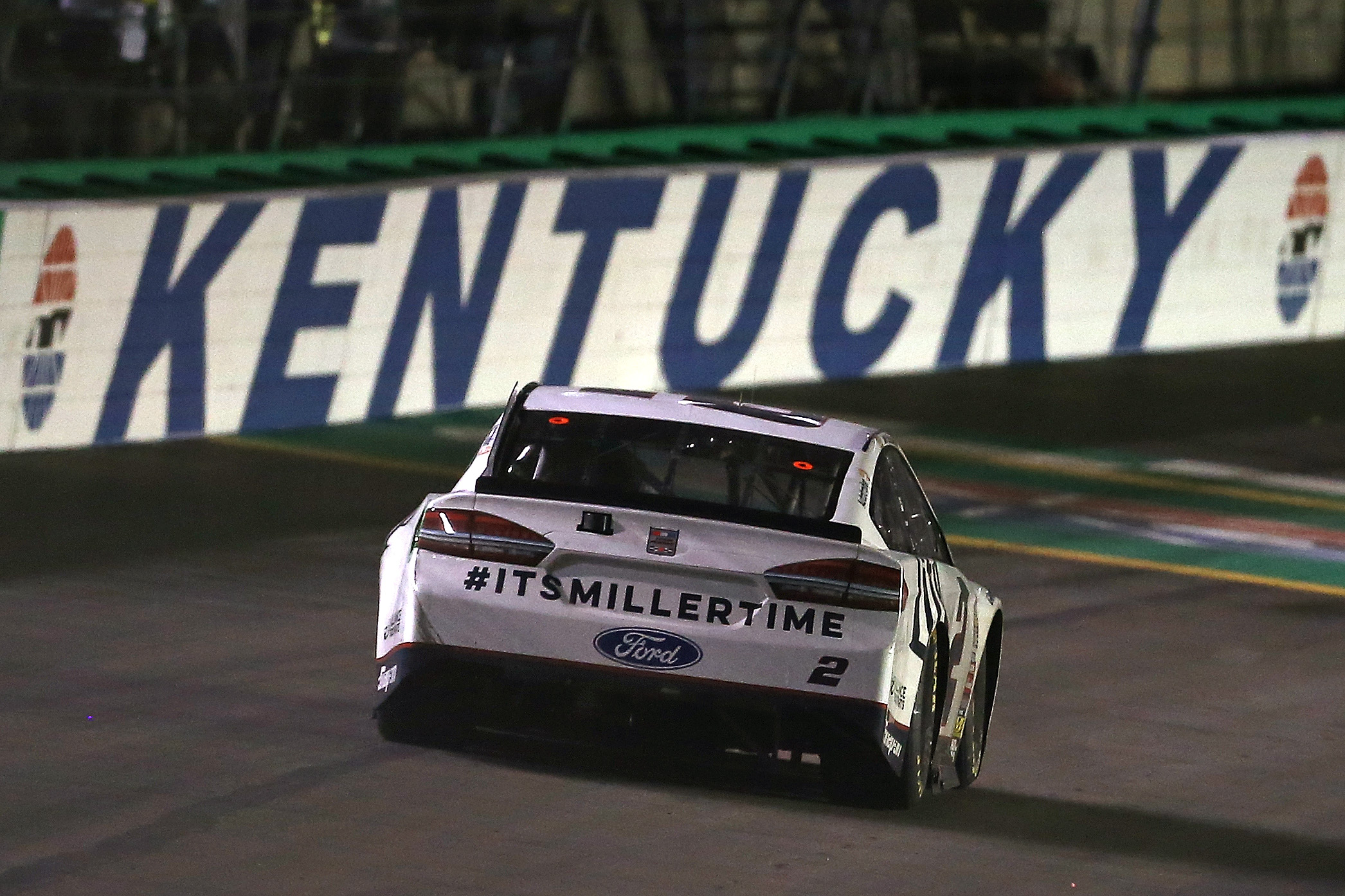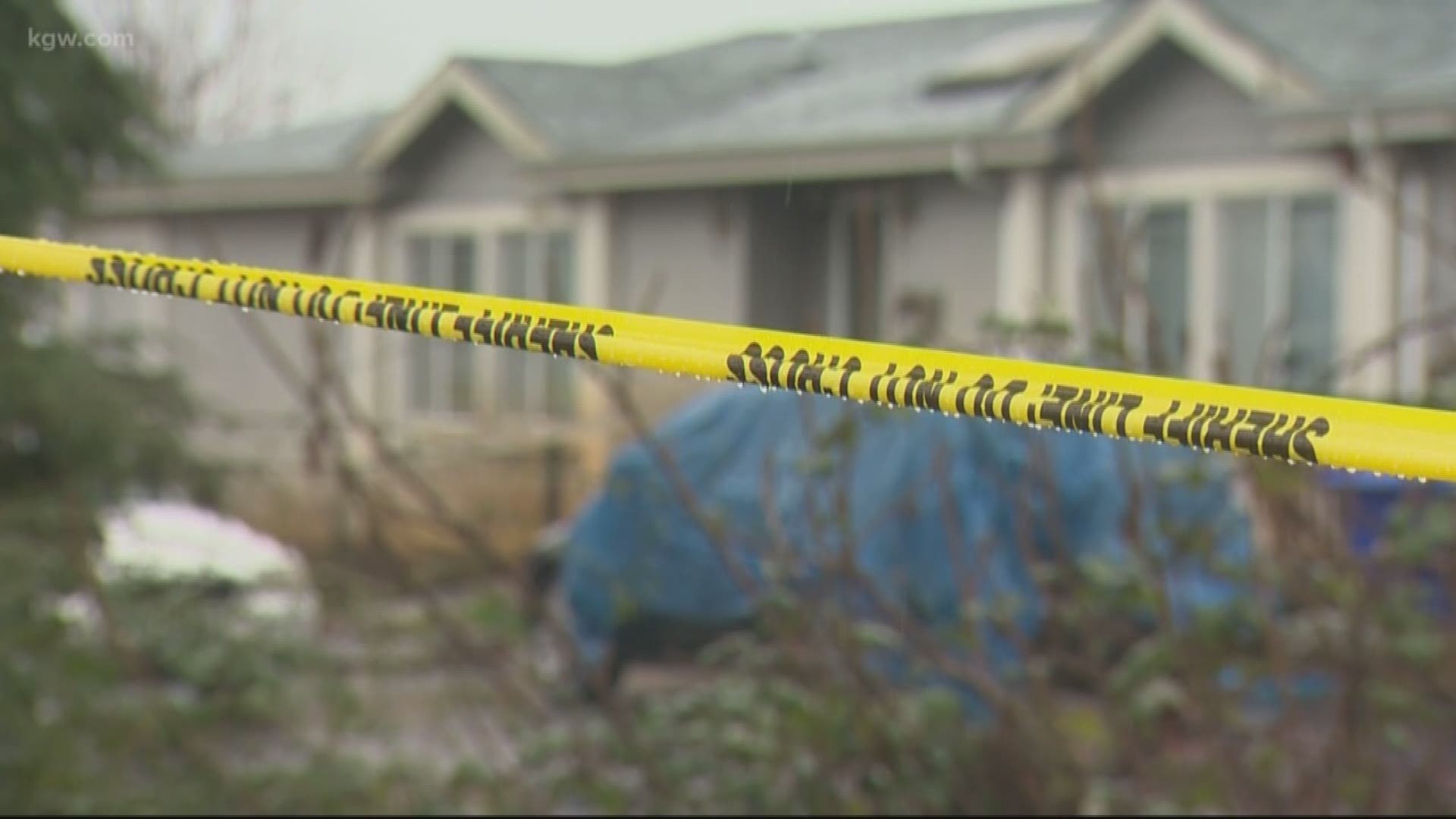![7-10-2016 keselowski miller time [image : 86914776]](http://www.gannett-cdn.com/media/2016/07/10/USATODAY/USATODAY/636037091341968049-GTY-545751048.jpg)
SPARTA, Ky. -- When the checkered flag flew on last year’s race at Kentucky Speedway, there was a feeling of near-euphoria from the drivers, fans and NASCAR.
The once-stale racing at Kentucky had been transformed by a lower-downforce aerodynamic rules package, which increased passing and excitement. The Quaker State 400 was such an unexpected hit, it helped change the course of NASCAR racing and ultimately became the basis for the 2016 rules package.
On Saturday night, the sequel didn’t go as well. This time, the latest experimental package – what NASCAR calls the “low-low downforce package” – did not shine at Kentucky. The race alternated between a single-file affair and a wreckfest with drivers doing more sliding than racing.
It was salvaged by a thrilling fuel-mileage finish, in which Brad Keselowski won his third career Kentucky race and prevailed over Carl Edwards. The racing itself, though, left something to be desired.
“Kentucky last year was an incredible race,” Keselowski said. “It would be tough to beat that ever on a mile-and-a-half racetrack. But I would also say the new rules package makes (the cars) harder to drive and requires a lot more precision as a race car driver, and I can appreciate that about the race.”
![Brad Keselowski wins at Kentucky [oembed : 86914458] [oembed : 86914458] [oembed : 86914458] [oembed : 86914458] [oembed : 86914458] [oembed : 86914458]](/Portals/_default/Skins/PrestoLegacy/CommonCss/images/smartembed.png)
But how much of what fans witnessed Saturday night had to do with the low-low package – and how much can be attributed to other factors?
Since NASCAR’s last visit, Kentucky repaved and reconfigured its racing surface. Drivers hate repaves because the high grip wears the tires too quickly, which forces Goodyear to bring an extra hard tire to avoid blowouts, which results in cars skating all over the place.
“It was the hardest thing on the planet,” Tony Stewart said of the tire compound. “NHL doesn’t have anything on them on a hard puck.”
But at the same time, this was the second try for the low-low package (it was also used at Michigan International Speedway last month). So which deserves more of the credit – or blame – for the show?
“It’s just a bad combination for the new surface and how conservative that tire is,” Dale Earnhardt Jr. said. “You couldn’t hustle the car at all – you’re just on pins and needles on the time on restarts, like, ‘Uhhhhh….’
“That sucks to race that way. You want to drive and hustle and try to get in there and beat guys. You can’t even run side-by-side. Guys run side-by-side, and it’s a second slower (per lap). The hell? That’s awful! Got a problem, man. That’s no good.”
![How Tony Stewart has fared at Sprint Cup tracks [oembed : 86914464] [oembed : 86914464] [oembed : 86914464] [oembed : 86914464] [oembed : 86914464] [oembed : 86914464]](/Portals/_default/Skins/PrestoLegacy/CommonCss/images/smartembed.png)
Every sport constantly evaluates the entertainment level it provides. The NFL increased the extra point distance to add drama. Baseball implemented rules to speed up the pace of the game.
NASCAR is no different, and officials constantly evaluate the racing in an attempt to provide the most excitement possible. Although the 2016 rules package (the one first used at Kentucky last year) has made the racing better this year, there’s still work to be done.
That’s why NASCAR has been trying to see if reducing downforce even further is the way to go. The drivers like the idea. And it might be the right direction, but that wasn’t proven Saturday night because of the track surface.
![Truck fire in Kentucky Speedway parking lot causes Quaker State 400 distraction [oembed : 86914478] [oembed : 86914478] [oembed : 86914478] [oembed : 86914478] [oembed : 86914478] [oembed : 86914478]](/Portals/_default/Skins/PrestoLegacy/CommonCss/images/smartembed.png)
“It’s a little more difficult to make a concrete conclusion,” NASCAR vice president of competition Scott Miller said. “It’s a little more gray than if it was at a place we had a lot of races over the years on a surface.”
Still, Miller sounded as if nothing he saw at Kentucky would discourage NASCAR from keeping the package for 2017 – though that’s yet to be determined – and Earnhardt made it clear he wasn’t stumping for more downforce to be added.
In truth, Miller and the drivers agreed the race would have been worse without the low-low downforce on the cars.
“This package will work great at some other tracks with a different tire and different races,” Earnhardt said. “This is probably as good as they could have expected with a repave. They’re always nasty races, you know?”
Follow Gluck on Twitter @jeff_gluck
![The career of Brad Keselowski [gallery : 1623409]](http://www.gannett-cdn.com/-mm-/163a183bb5a8e668f3a38bce35a1769365cc7476/c=376-0-2982-2230/local/-/media/USATODAY/USATODAY/2014/08/06/1407346854000-keselowski-gallery-new-intro.jpg)


